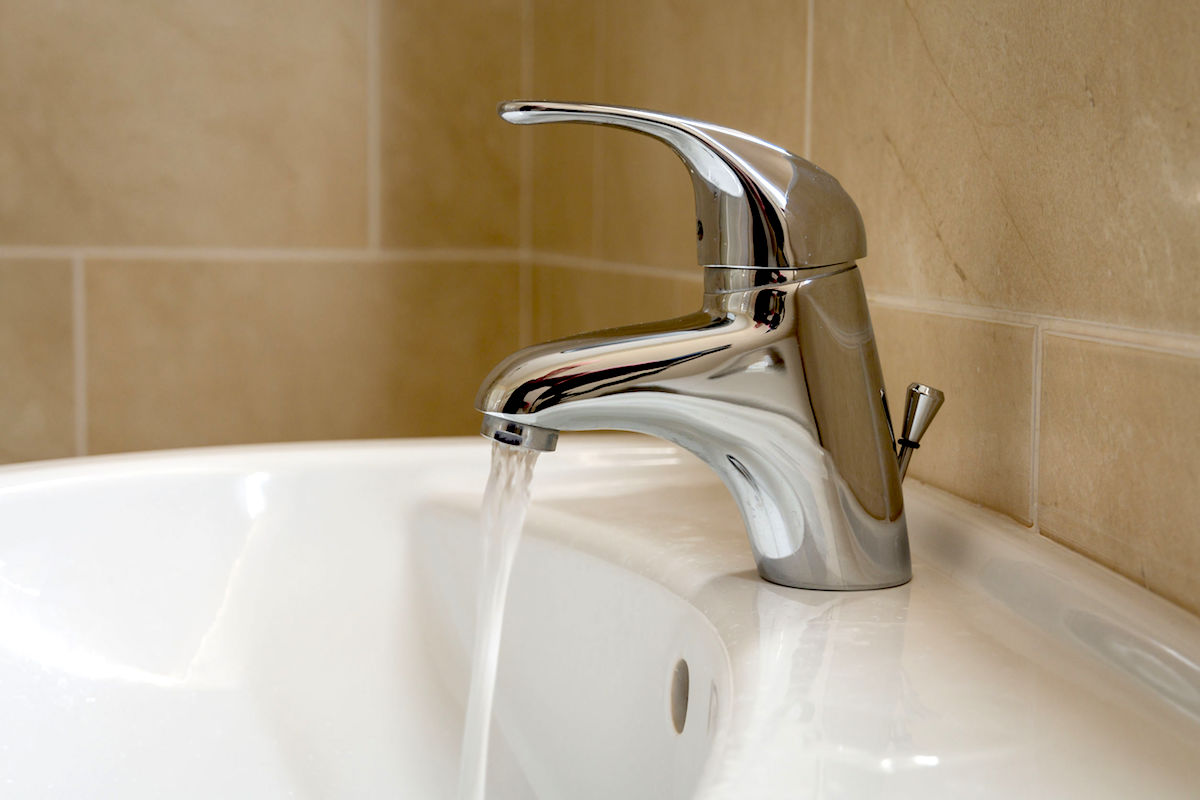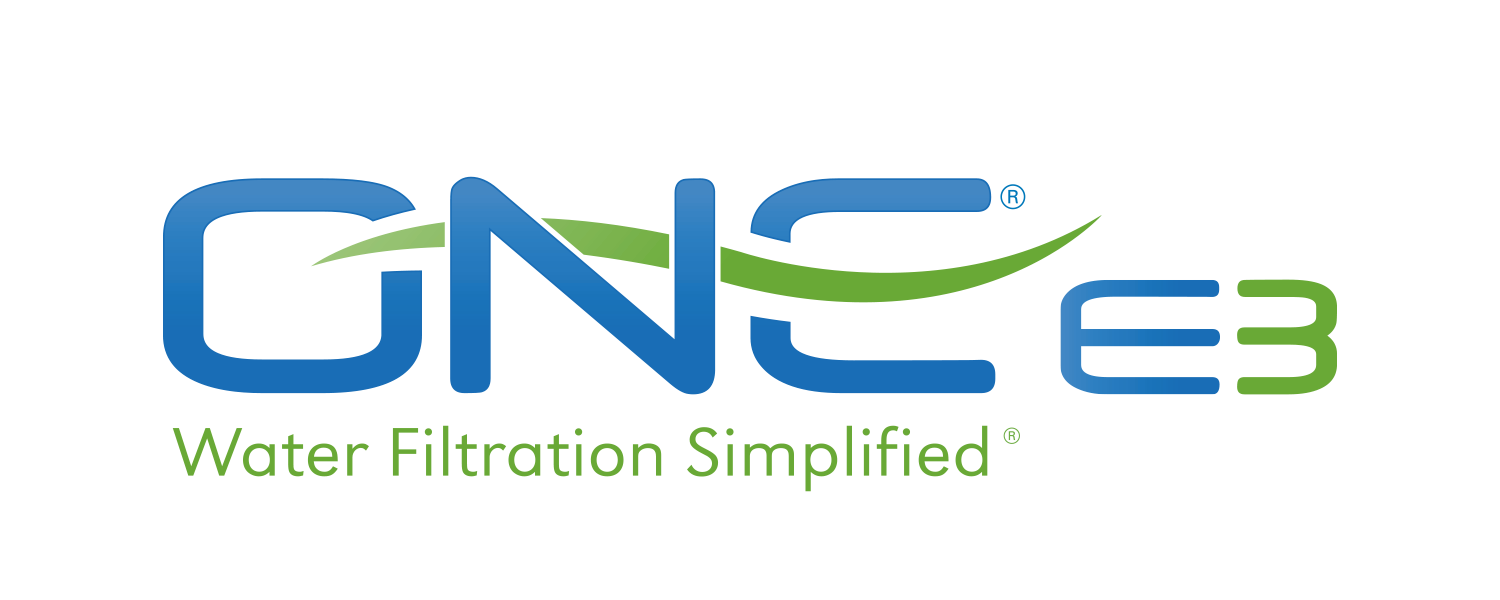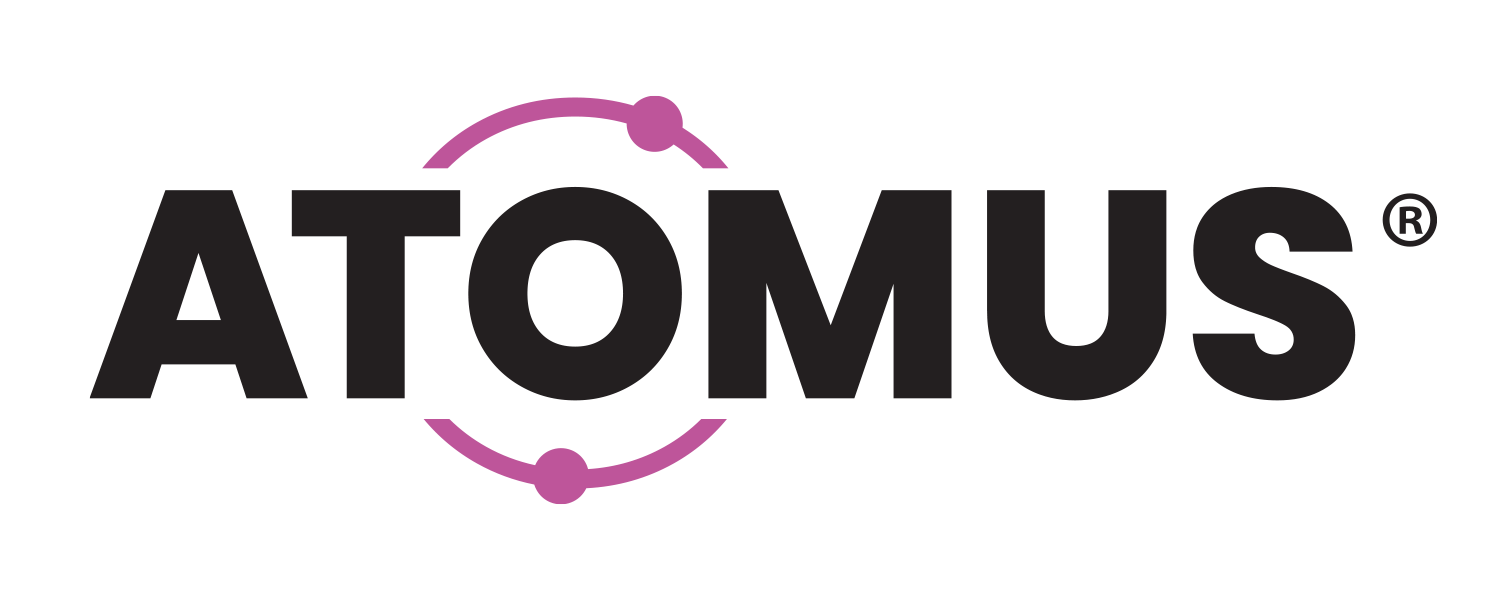“Flushing out” tap water is often suggested as an easy, no-cost way to reduce the presence of lead. But WQP recently reported on the results of a Louisiana State University (LSU) New Orleans study that found the practice of turning on a tap and let the water run for 30 seconds to 2 minutes as a method of decreasing potential levels of lead contamination in the water is NOT consistently effective.
A study performed by the LSU New Orleans School of Public Health collected samples from 376 homes upon immediately running water, after 30-45 seconds of flushing, after 2.5-3 minutes of flushing, and after 5.5-6 minutes of flushing. Here’s what they found upon analysis:
- There was a small increase in lead after the 30-second flush (vs. first draw lead)
- There was no significant lead reduction until the 6-minute flush
The takeaway here: In order for flushing to reduce potential lead levels in water, it needs to be done for longer periods of time than commonly suggested by public health messaging. When done for too short a time, flushing can actually increase lead levels. This study strongly suggests flushing should not be relied on as an effective way of reducing lead levels in water and other solutions should be sought out.



